ESA Space Science News
|
The European Space Agency (ESA)
is Europe’s gateway to space. Its mission is to shape the development of Europe’s space capability and ensure that investment in space continues to deliver benefits to the citizens of Europe and the world. |
|||||||||||||||||
|






 Feed
Feed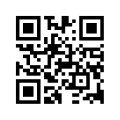 Scan with QR Code Reader
Scan with QR Code Reader mobi
mobi




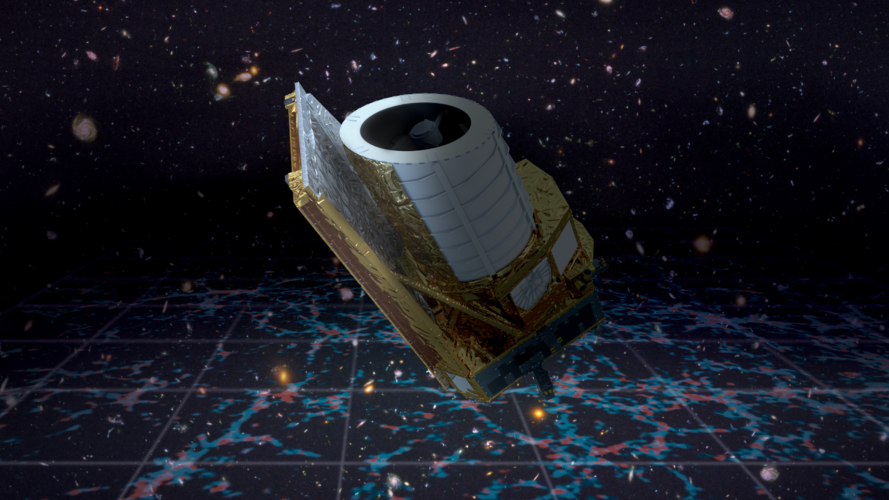
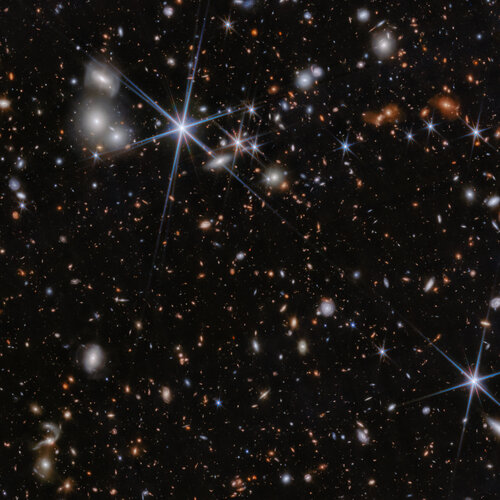
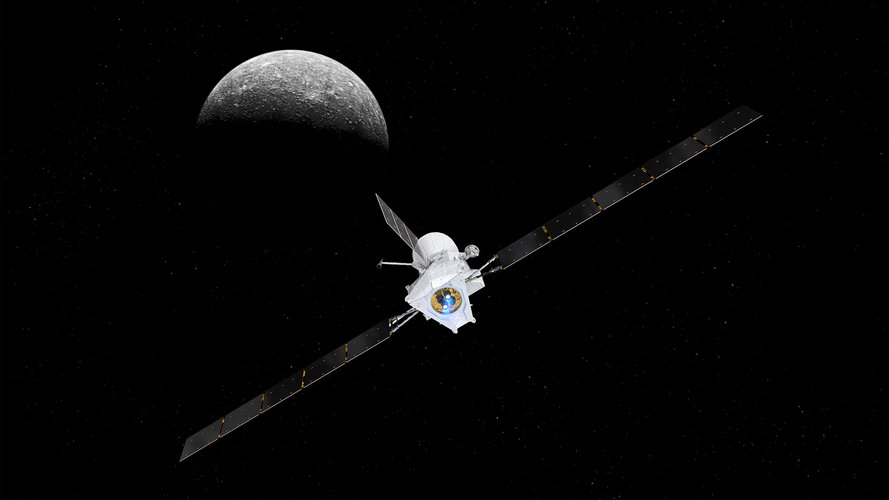
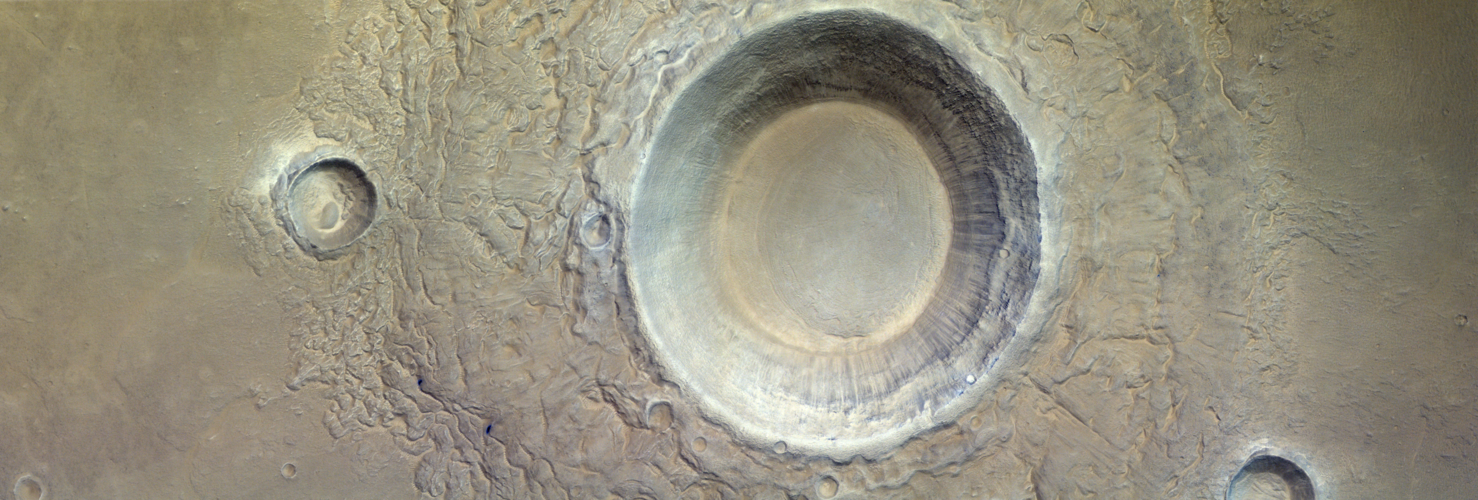 Image:
The eye of the crater
Image:
The eye of the crater 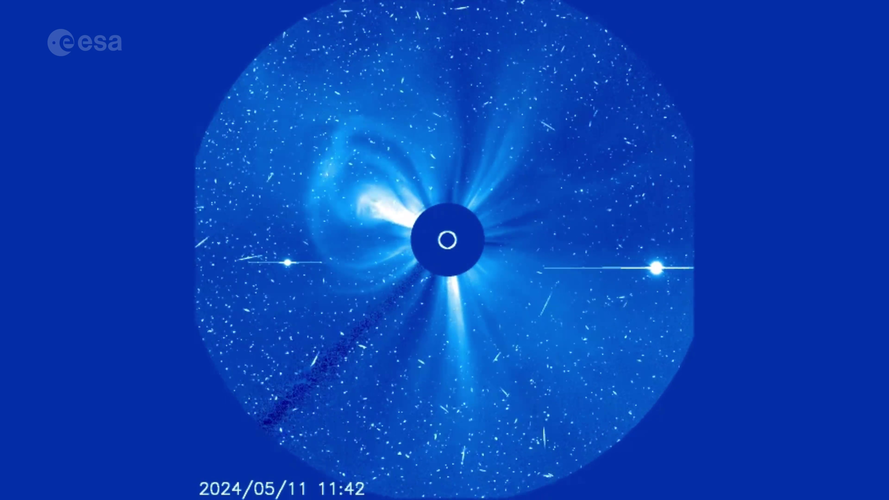 Video:
00:00:29
Video:
00:00:29
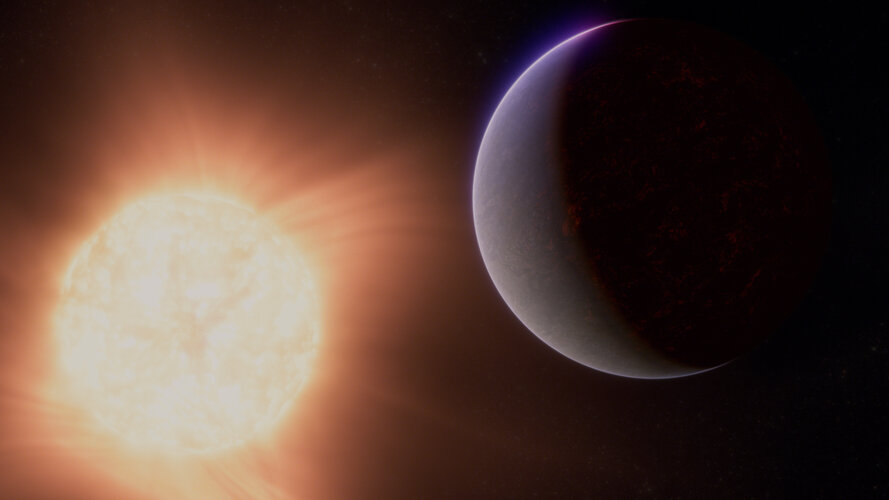
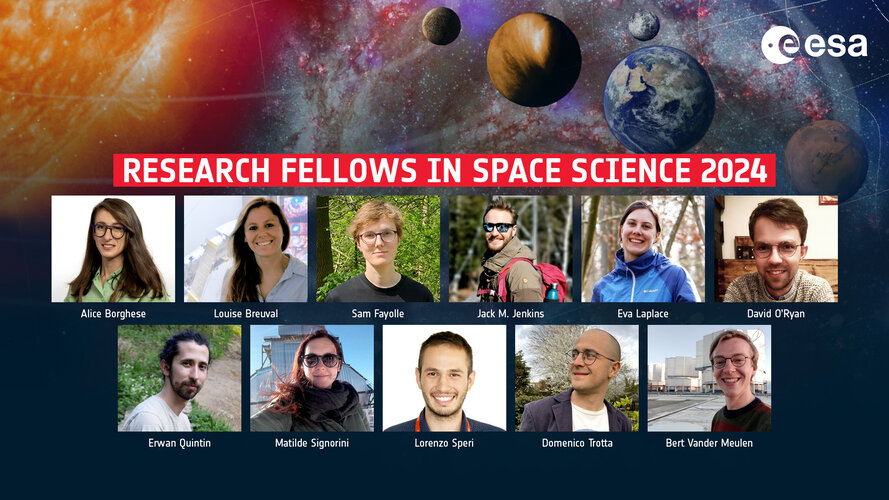 Image:
Research Fellows in space science 2024
Image:
Research Fellows in space science 2024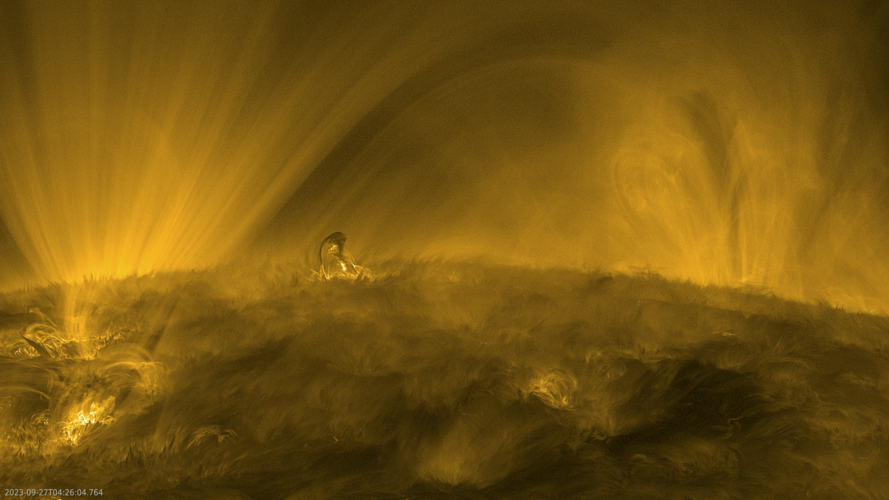 Video:
00:00:48
Video:
00:00:48
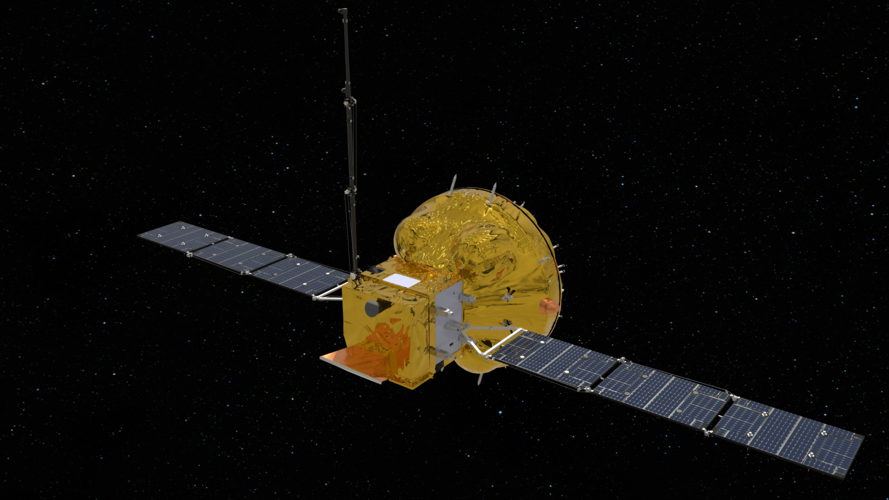
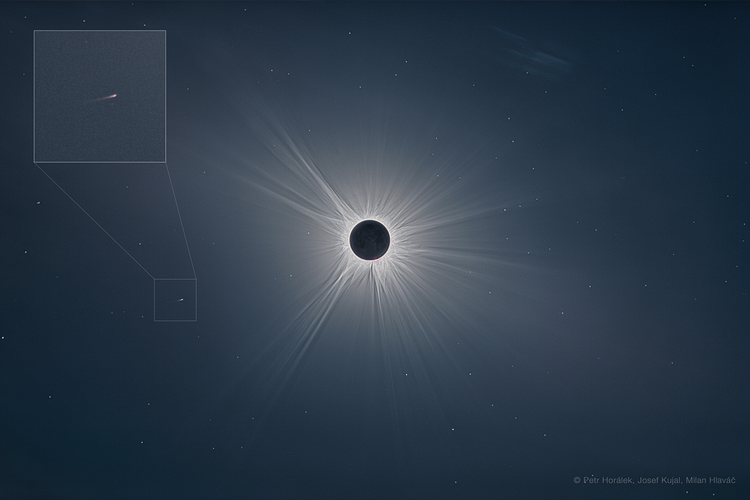 Image:
Photo of total solar eclipse
Image:
Photo of total solar eclipse 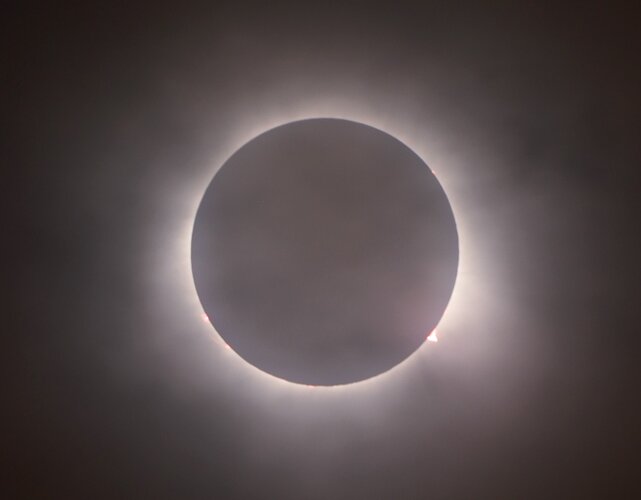 Image:
Total solar eclipse 8 April 2024
Image:
Total solar eclipse 8 April 2024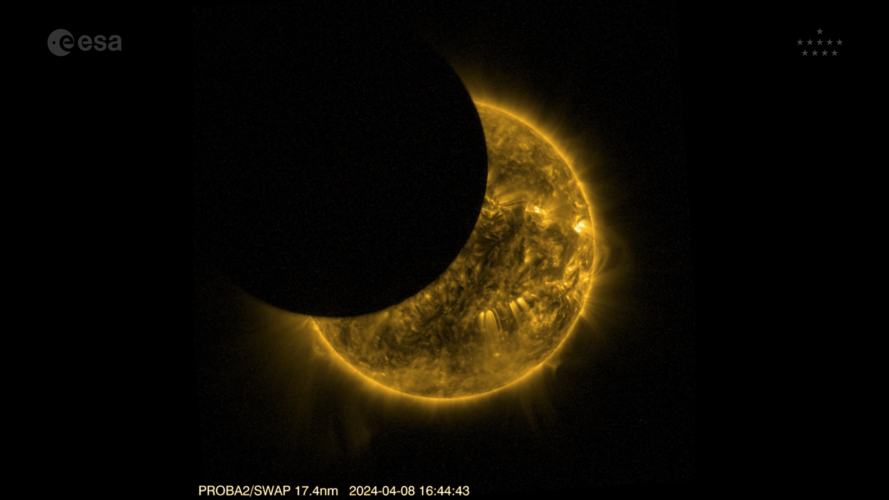 Video:
00:00:31
Video:
00:00:31
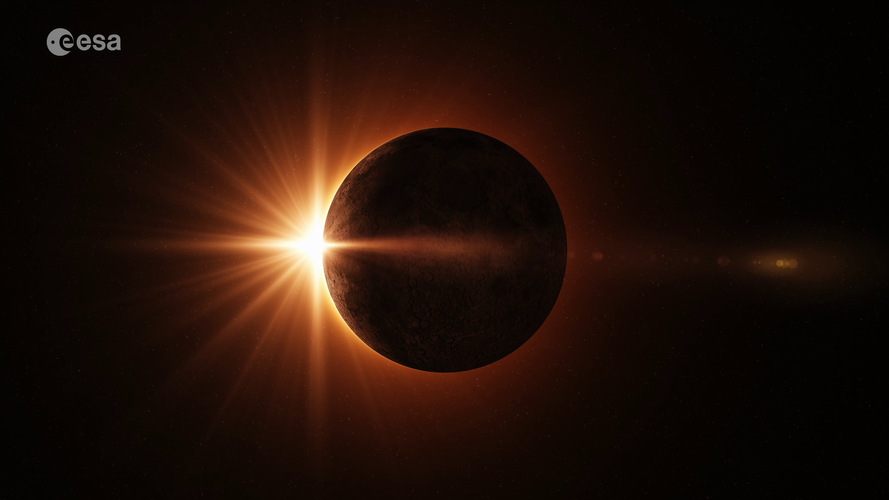 Video:
00:03:39
Video:
00:03:39
 Image:
Image:
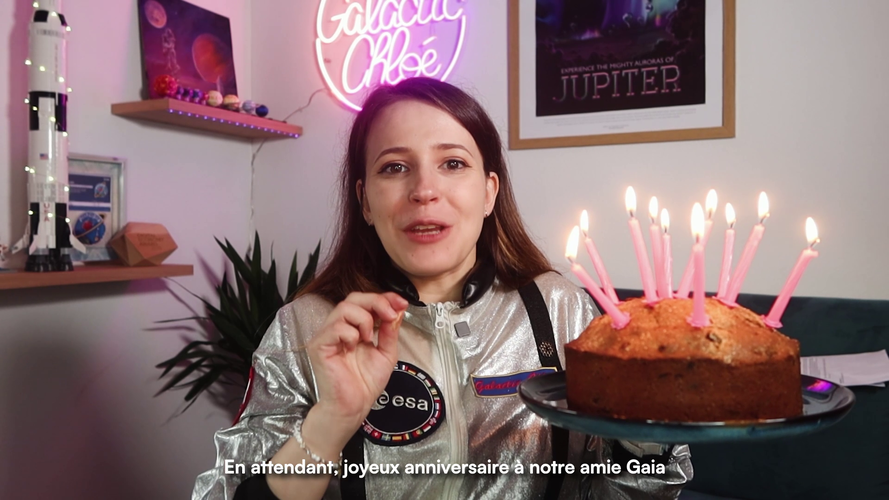 Video:
00:12:29
Video:
00:12:29